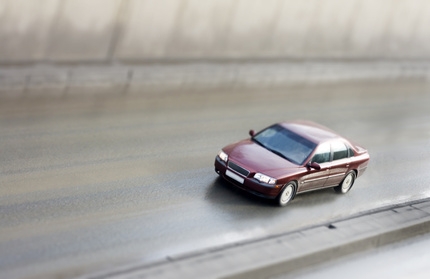
If your clutch pedal is becoming increasingly difficult to depress, there are multiple components that may need to be serviced including the clutch itself. Knowing something about car maintenance and troubleshooting can help to save you time and money in the long run.
One potential problem that may be causing the clutch to require more effort to depress includes the piston binding, which is in the bore of the release cylinder. Other problems may include the binding in the pedal linkage, cable, fork or pivot ball, according to AA1. If the hydraulic system has a blockage or leak from worn out seals, the pedal effort may increase as well.
Another problem that may cause the clutch pedal to require more force includes the pressure plate. However, due to the complexity of the components and their interdependence upon one another, there is no sure way to know whether the problem relies with the pressure plate. Replacing the pressure plate involves removing the clutch disk and the transaxle. It may require the replacement of the entire clutch assembly.
If you have recently done any work on the clutch, there is a chance that the pedal distance is set incorrectly, requiring more force to push the pedal further than you normally would. Use a repair manual or contact a service technician for the specific clutch pedal height for your vehicle. Adjust the pedal height by loosening the locknut on the pedal stopper and turning the stopper until the pedal is set to the correct height.